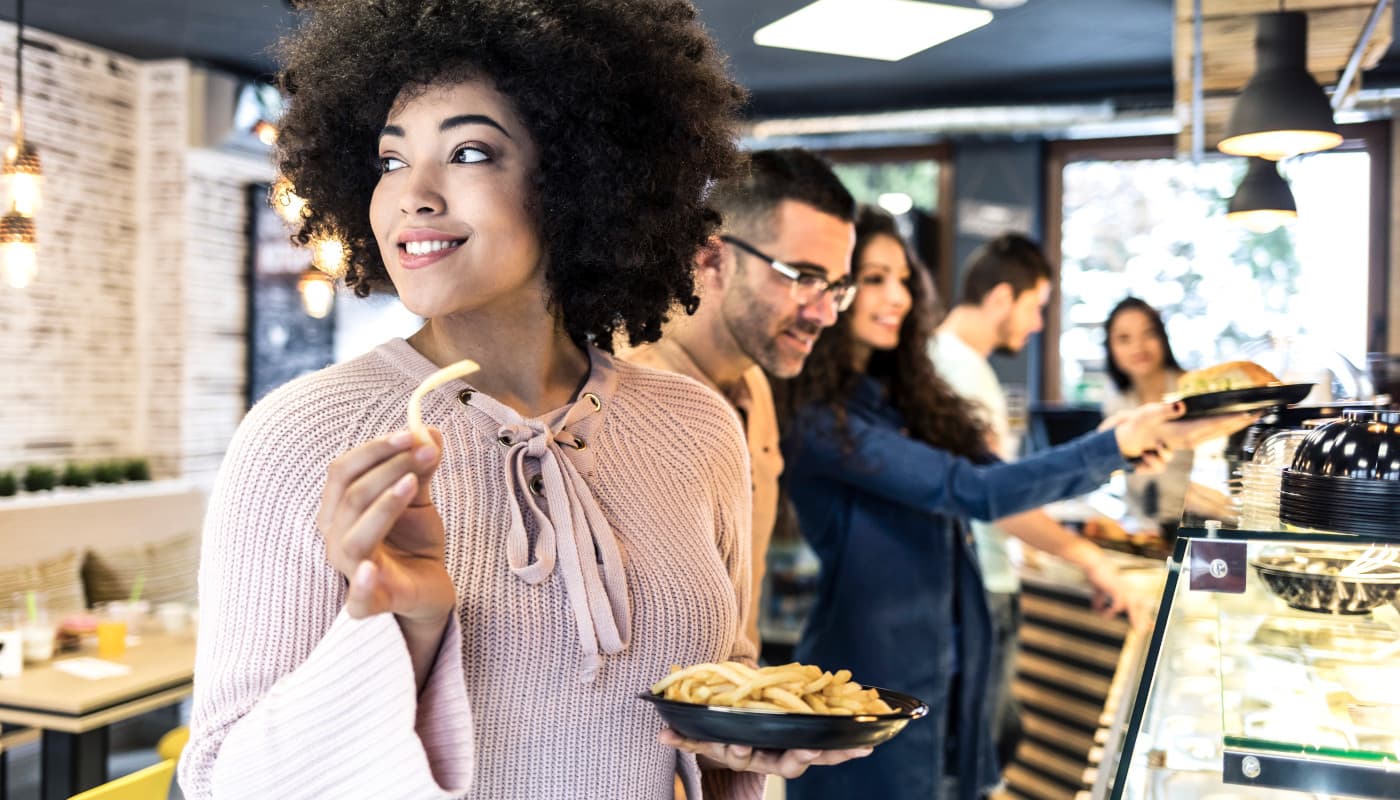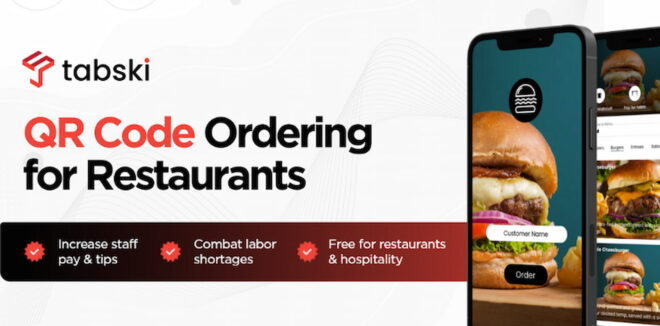Fast casual vs. fast food: What is the difference?
Editorial Team
4 min read
Customers often have trouble distinguishing between fast casual vs. fast food. After all, both types of eating establishments focus on speedy service at affordable prices. They also both directly compete with full-service restaurants for market share.
However, there are important differences between fast casual vs. fast food restaurants – sometimes referred to as quick service restaurants (QSRs). If you’re thinking about opening a new dining establishment, it’s important to understand what sets both experiences apart.
Quick service restaurant vs. fast casual, in a nutshell
We’re all familiar with fast food; you stand in line or enter a drive-thru to order and pay for your meal, which is ready within minutes. McDonald’s is the classic example of a fast food establishment. The main selling points of this dining experience are speed, cost, and convenience, with the quality of the food being secondary.
Fast casual dining offers the same speed and convenience of traditional fast food. However, there is greater focus on higher-quality ingredients, with many fast casual establishments promoting their menus with buzz words such as “organic,” “fresh,” and “upscale.” This focus on quality is partially what allows fast casual restaurants to charge slightly higher prices than their fast food counterparts.
However, quality isn’t the only difference between QSR and fast casual dining. Below are other distinguishing factors that separate the two.
QSR vs. fast casual: atmosphere
Fast food restaurants aim to get customers in and out as quickly as possible. Furnishings are usually minimalistic and provide enough space for patrons to eat and be on their way. By contrast, fast casual restaurants try to improve the ambience and emulate the wholesome look and feel of full-service restaurants to encourage customers to sit and stay awhile.
QSR vs. fast casual: service
The ordering process is often the same at both types of restaurants, with customers usually approaching a counter to order and pay for their meals before receiving any food. The main difference is that fast food customers are expected to take their trays to the table and bus them afterward. While this sometimes happens with fast casual restaurants too, servers will often bring orders directly to the table and clean up once everyone is done eating.
Many fast food restaurants also expand on this self-service model with a drive-thru option, allowing customers to order and receive their meals without exiting their vehicles. Although some do, not all fast casual restaurants offer this option.
QSR vs. fast casual: pricing
As already mentioned, fast casual restaurants can justify charging modest premiums due to their higher-quality atmosphere, service, and food selection. A “bundled” meal at a fast food restaurant might cost only $5 or $6. Though it’s unlikely you’ll find comparable pricing when buying a burger, side, and drink at a fast casual restaurant. Many times, in fact, items aren’t bundled – forcing customers to mix and match them à la carte. This can drive up the bill even more. Serving alcohol at some fast casual establishments helps to make the restaurant sales even higher.
One final difference between QSR and fast casual
The entire hospitality industry is struggling now that lockdown restrictions are in place in many parts of the country. Prior to COVID-19, fast casual dining’s annual growth rate was roughly 8.3% – which is double the 4.2% and 3.4% that fast food and full-service restaurants enjoyed, respectively.1
Although these numbers are dated, they suggest that customers increasingly prefer hybrid-dining models that offer the speed of fast food and the quality of casual dining – all at prices they can afford.
Regardless of which business model you choose, you’ll need a way to securely take payments. At Clover, we offer a line of point-of-sale (POS) systems that are specifically designed for the food service industry.
In addition to PCI-compliant payment processing, our POS systems allow you to:
- Create menus and set pricing
- Schedule employees and manage payroll
- Offer rewards and launch loyalty programs
Moreover, these POS solutions come in a range of sizes – whether you want standalone countertop systems or mobile POS credit card readers that you can use on the floor, at the curb, or on deliveries. Best of all, you can expand your POS system with any number of third-party apps from the Clover App Market to help you run your business better (e.g., employee time tracking, inventory management, payroll).
Are you ready to learn how Clover can help your QSR or fast casual restaurant? Schedule a free consultation with our merchant services team today.
1 “Spotty Growth Forecast for Restaurants in 2019,” Restaurant Business, 5 October 2018
Related Posts
Full Service Restaurants (FSR)
Adding QR code ordering to your Clover POS [5 benefits]
Fiserv to expand digital storefront capabilities with acquisition of BentoBox
Popular Topics
Stay In Touch
Sign up and learn more about Clover.
Thank you for your subscription!
Recent Stories
- Jewelry store supplies and equipment needed for opening day
- How small businesses can use employee discounts to retain staff
- Tips and tricks for opening an outdoor pop-up restaurant
Please share your contact information
to access our premium content.
Thank you for sharing your contact information.
Download Now





